Our view at Stack - LearnWorlds is a market leading platform for online training. It stands out with native SCORM support, allowing seamless integration of e-learning content. It offers an intuitive course builder, interactive video player with transcripts, and EU-specific payment gateways.
By Q2 2023, online videos had reached 92.3% of internet users worldwide, with the most popular genres being music videos, comedies, viral content, and tutorial or how-to videos.
At the time, I was already creating videos for my YouTube channel, online courses, and clients. At the time, it was all experimental.
This year though, things are picking up. EVERYONE wants to create videos. That’s because people are simply starting to prefer video over written content for everything.
So the natural step for creators is to consider what options they have to monetize their video content. In this article, I’m exploring some of the best video monetization platforms and how they’ll help you, or potentially stall your growth when not picked correctly.
Your professional looking Academy in a few clicks
Start FREE Trial
What is Video Monetization and Why Course Creators Should Care?
Video monetization is a process through which any creator can earn revenue from their video content. The type of content may vary and you can do this through various models, including ads, subscriptions, pay-per-view (PPV), affiliate marketing, and, my favorite, selling online courses.
The main goal is to turn video content into a consistent income stream by leveraging the audience’s engagement and willingness to pay for premium content or access.
The significant rise in platforms like Patreon, with searches increasing by 53% over the past five years, highlights a growing trend toward subscription-based models. Course creators who embrace video monetization are positioning themselves to tap into this evolving market and meet the changing preferences of content consumers.
But the benefits of monetizing video content don’t stop here. You can use video monetization platforms to:
Criteria for Choosing a Video Monetization Platform
When selecting a video monetization platform, several key features and aspects should be considered to ensure it aligns with your goals and needs.
I always prioritize a solution that’s easy to use because it’ll save me a lot of time. I also like using tools where the seller’s customer support team is not just there to tell me what I could otherwise find in their support articles.
The best support professionals will help you set up things from scratch and even give you ideas on how to sell your video content. But what you
prioritize in terms of customer service is entirely up to you and your team’s needs.
But here’s the other important criteria I always look at:
LearnWorlds: My Top Choice
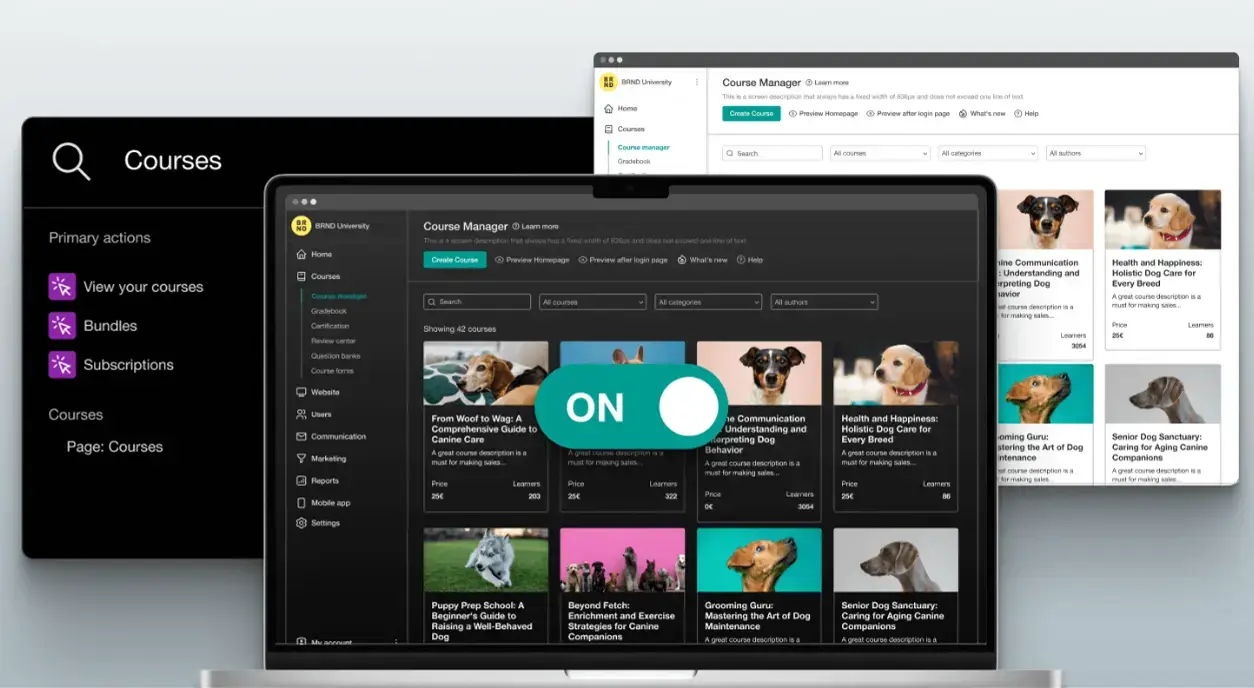
LearnWorlds is an AI-powered LMS platform designed for online learning and video monetization, offering a wide array of features to support course creators, educators, and businesses alike. At its core, the platform provides robust tools for course creation, including a built-in course and website builder that supports rich multimedia and interactive elements.
LearnWorlds excels in interactive video creation featuring a powerful Interactive Video Editor that allows creators to enhance their content with interactive components like quizzes and call-to-action overlays, subtitles, transcriptions, and many more.
The platform also boasts advanced analytics and video statistics, as well as strong e-commerce capabilities, enabling various subscription models and sales funnels to maximize revenue potential.
Pros
Cons
Pricing
LearnWorlds offers a 30-day free trial (no credit card required) and the following pricing options:
*Pricing information retrieved from LearnWorlds in September 2024.
Twitch
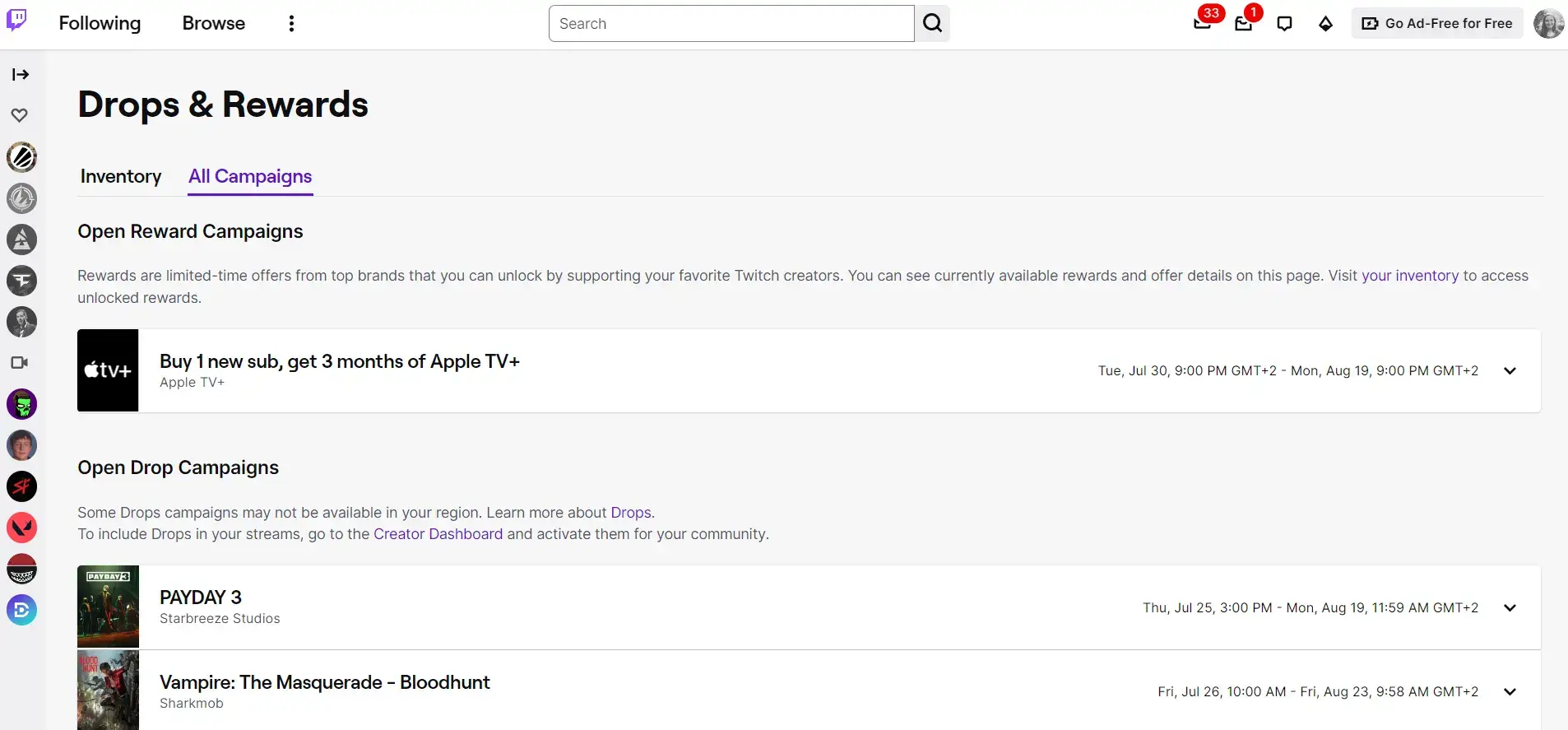
Twitch is my go-to livestreaming platform but it’s important to note it’s primarily focused on certain industries such as video gaming, esports, and creative content. The platform’s main monetization avenues include affiliate and partner programs, subscriptions, virtual goods purchased by viewers to support creators, ads, sponsorships, and donations.
Pros
Cons
Pricing
Twitch has implemented a program that lowers subscription prices for viewers in most countries, with exceptions like the United States, Canada, Switzerland, Israel, and Japan. This adjustment is designed to make it easier for more viewers to support creators through paid subscriptions, helping them grow their communities.
However, because creator subscription revenue is tied to what viewers pay, earnings will adjust accordingly. This change applies to both paid and Prime subscriptions, though the revenue share for creators remains unchanged. Depending on the region, subscription prices typically range between $5 and $10 per month.
*Pricing information retrieved from Twitch in September, 2024.
YouTube

I’m a fan of YouTube because that’s where my audience is. My current go-to monetization option is sponsorships. But, YouTube – as one of the biggest social media channels today, offers diverse video monetization strategies for content creators, including the YouTube Partner Program (YPP); channel memberships; Super Chat, Super Stickers, and Super Thanks; merchandise selling; affiliate Marketing; and YouTube Premium Revenue.
Pros
Cons
Pricing
YouTube offers a free platform to get started, but it takes a 30% cut of revenue from monetization efforts like channel memberships. This means creators keep 70% of the revenue they generate through subscriptions and other monetized features. While there are no upfront costs to launch a channel, it’s important to factor in this revenue share when planning your monetization strategy.
*Pricing information retrieved from YouTube in September, 2024.
Vimeo
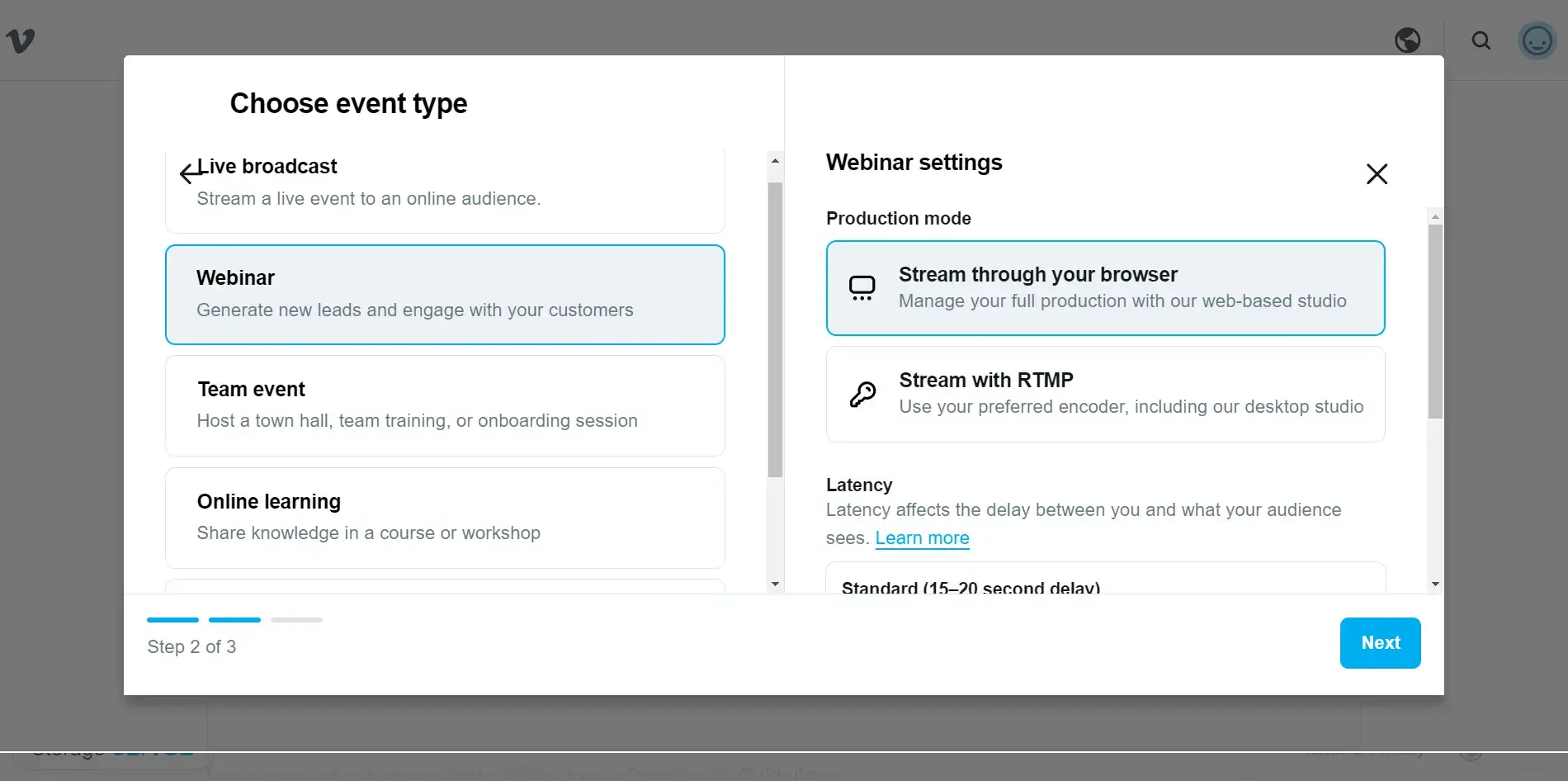
Vimeo is a versatile, high-quality video platform that supports various monetization models including SVOD (Subscription Video on Demand), TVOD (Transactional Video on Demand), and AVOD (Ad-Supported Video on Demand). This means creators can handle content management and host exclusive live events (even get paid for them!).
They’re one step ahead of YouTube, for example, by supporting the above subscription fee models besides the pay-per-view and branded apps. Creators can also use native promotional tools like free trials and exclusive access options to attract and retain viewers.
Pros
Cons
Pricing
Vimeo offers a range of pricing plans to fit different needs:
For Vimeo OTT, there is different pricing options available and to get more information you need to contact sales.
*Pricing information retrieved from Vimeo in September, 2024.
Patreon
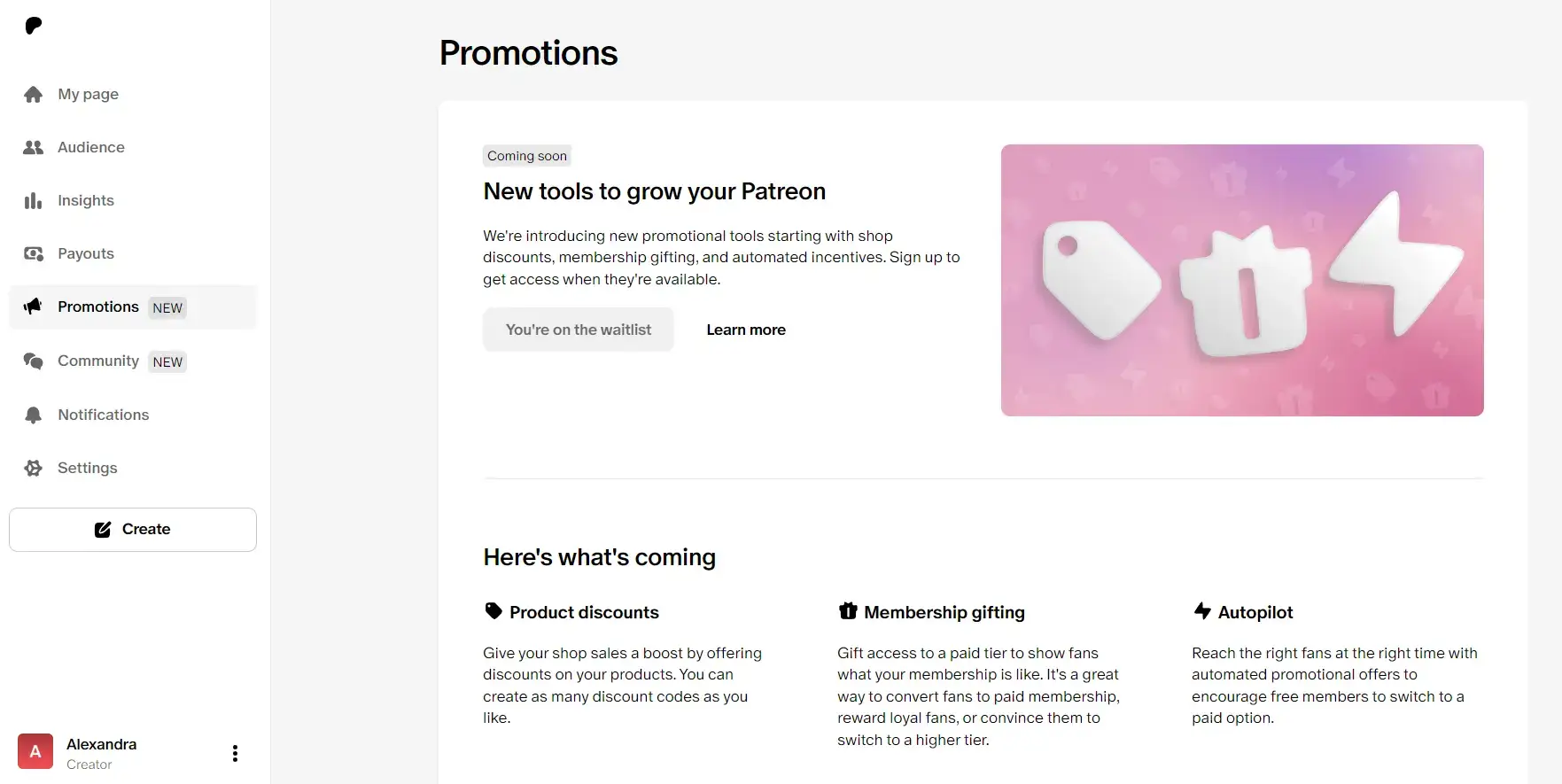
Patreon is a popular video monetization platform that offers video creators multiple avenues for monetization. With its membership model, creators can create tiered subscription levels, providing premium video, and exclusive content (including podcasts, and books), or perks.
This is the most popular monetization model with Patreon, but you can also consider offering sneak peeks or early access to your content, engaging with your community through direct messaging and community posts, and selling merchandise.
Pros
Cons
Pricing
Patreon offers three pricing tiers for creators:
*Pricing information retrieved from Patreon in September, 2024.
 Check Patreon Alternatives
Check Patreon Alternatives
Dacast
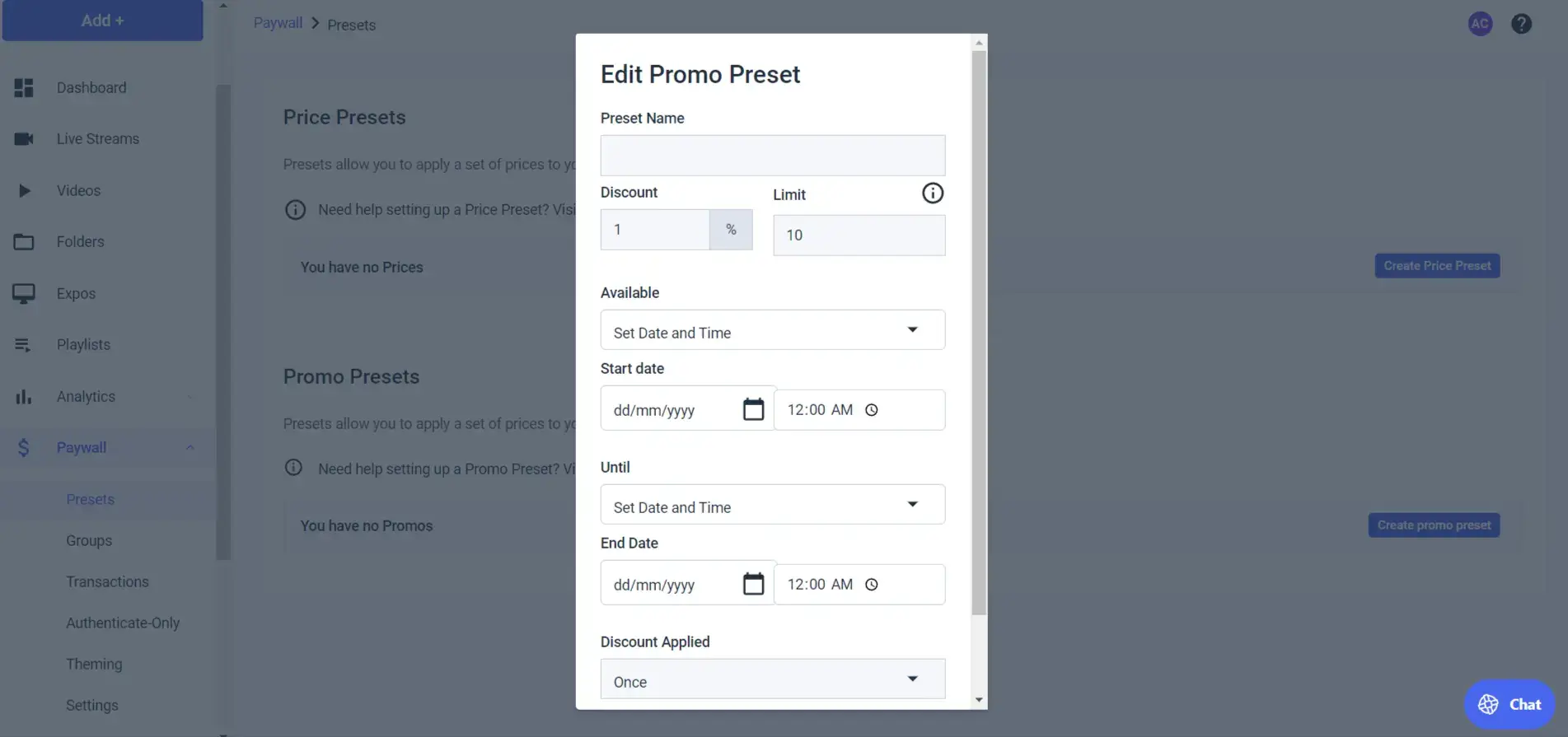
Dacast is indeed strong as a video hosting platform for live streaming and monetizing videos. The wide range of monetization options to meet the diverse needs of content creators and businesses. Video creators can sell access to individual events or videos, with access to the platform’s integrated paywall. Dacast also supports pay-per-view subscriptions and allows monetization through ad revenue depending on the plan you choose.
Pros
Cons
Pricing
Dacast offers a tier pricing structure to accommodate different video streaming needs:
*Pricing information retrieved from Dacast in September, 2024.
Muvi
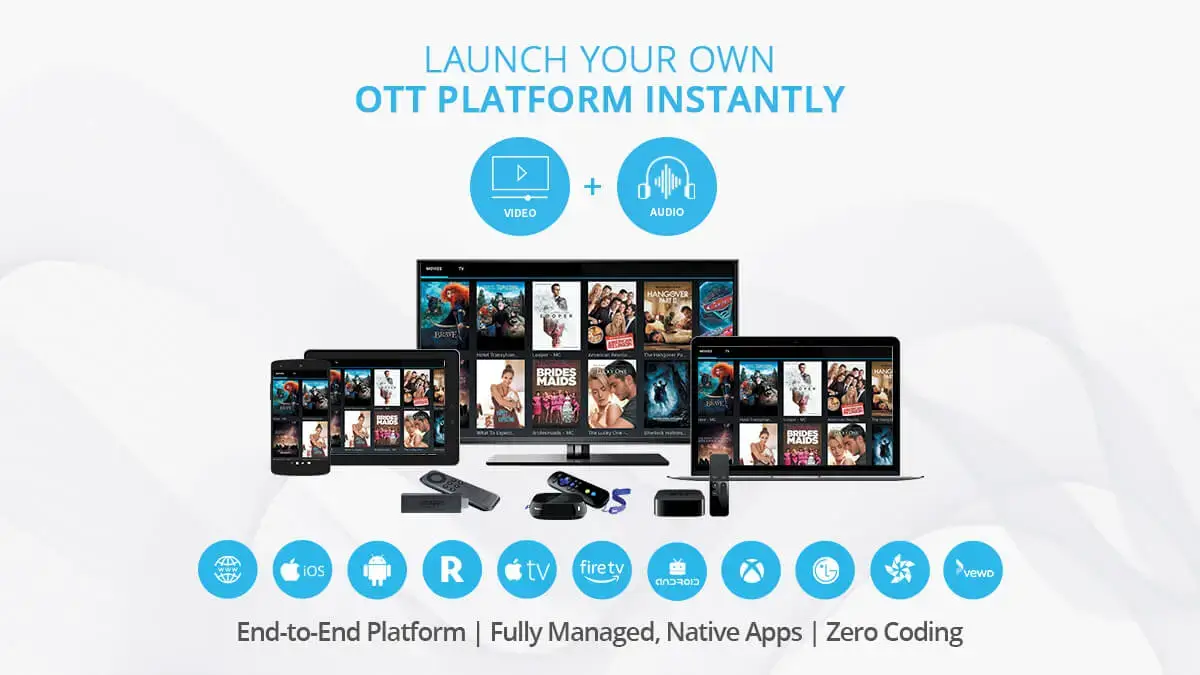
Muvi is a comprehensive, all-in-one platform that allows businesses and creators to launch their own branded OTT (Over-The-Top) services, including websites, mobile apps, and TV apps without needing any coding skills. It provides everything from video hosting and content management to monetization and analytics, making it ideal for those looking to maintain full control over their streaming services.
Its flexibility in monetization models and white-label solutions make it a powerful option for businesses wanting to scale their video streaming operations across multiple devices.
Pros
Cons
Pricing
Muvi has a 14-day free trial and comes in different packages, pricing models, and tiers.
The pricing for Muvi One which allows you to build streaming platforms, is subscription-based and is as follows for monthly packages:
*Pricing information retrieved from Muvi in September, 2024.
Uscreen
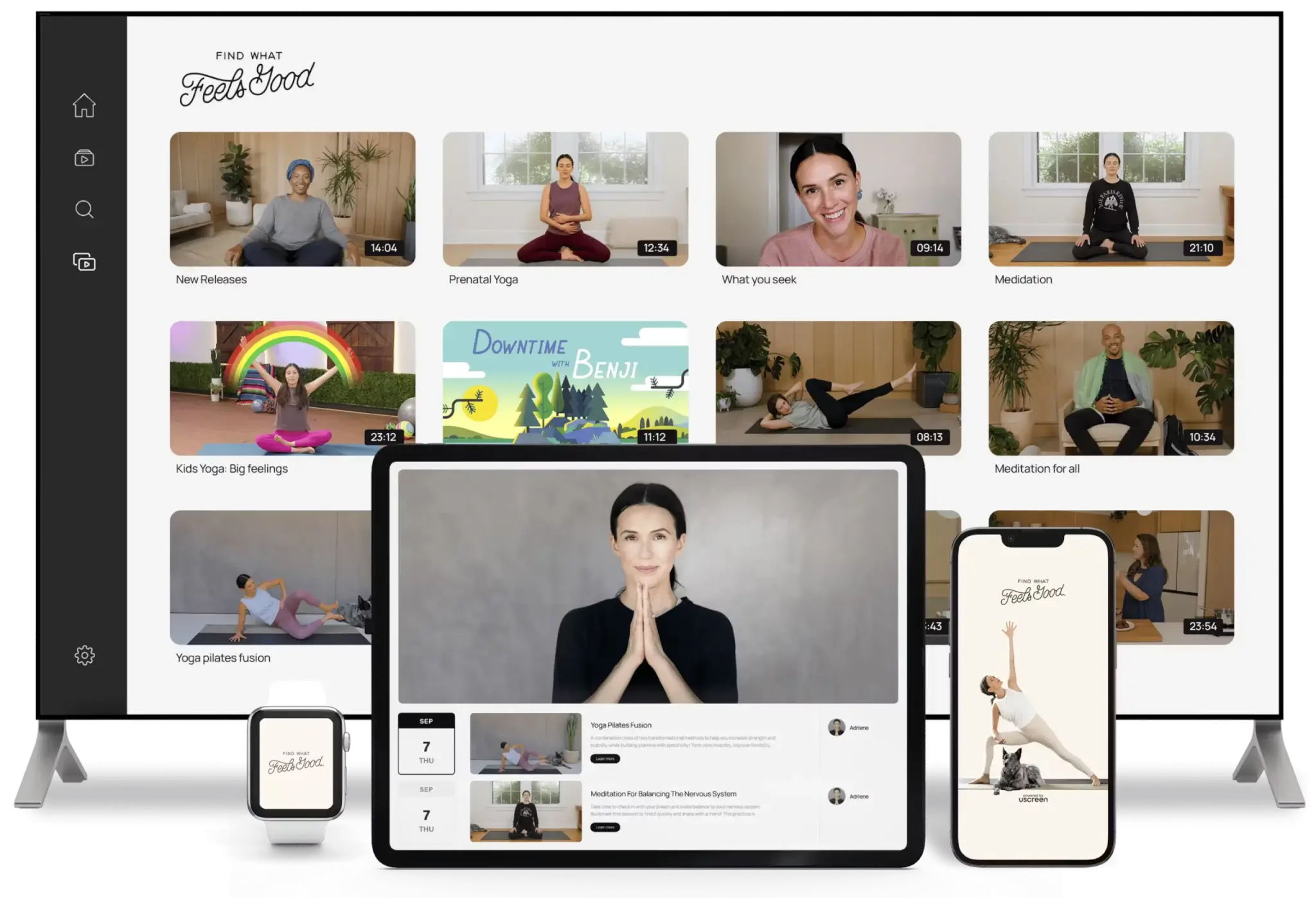
Uscreen is a user-friendly video monetization platform that empowers creators to build and grow their video-based businesses without needing technical expertise. It’s particularly popular among educators, fitness instructors, and entertainment creators, offering a range of tools to deliver content and engage with audiences.
The platform stands out with its built-in marketing tools and community features, making it easier for creators to attract, retain, and interact with their audience while maximizing revenue through flexible monetization options. With it, users can make revenue from OTT video streaming services like Hulu or Netflix.
Pros
Cons
Pricing
Uscreen offers pricing packages that vary based on the number of video hours uploaded, live-streaming capabilities, and the number of admin users included.
For more advanced features, Uscreen provides premium options such as mobile and TV apps, dedicated customer support, white-label branding, and more, which can be added for an additional cost to further enhance functionality and reach.
*Pricing information retrieved from Uscreen in September, 2024.
 Check Uscreen Alternatives
Check Uscreen Alternatives
Brightcove
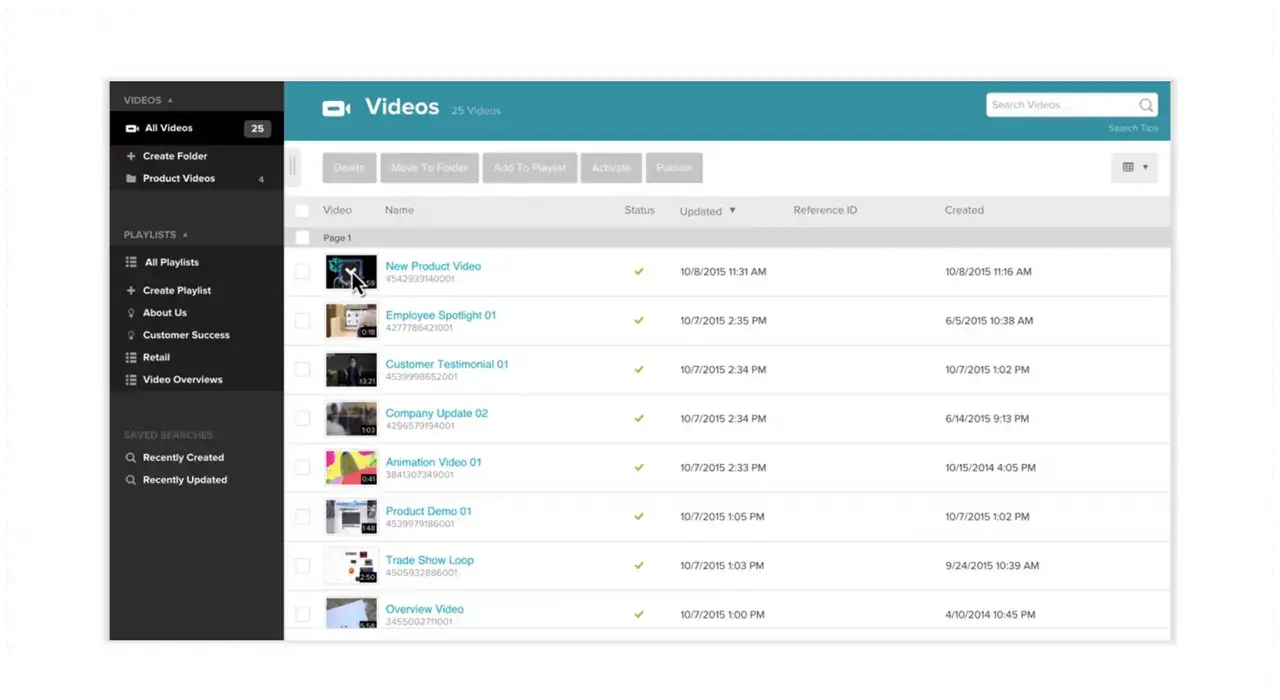
Brightcove is a leading enterprise video platform designed for large-scale media companies, broadcasters, and marketers who require robust, high-quality video delivery with advanced analytics and wide distribution options.
Known for its powerful video hosting and delivery capabilities, Brightcove offers seamless integration with various marketing and analytics tools, making it ideal for companies needing to reach global audiences. Its enterprise-level features, including a global content delivery network, make it a great choice for those prioritizing quality and scale in their video strategy.
Pros
Cons
Pricing
There is no available pricing information for Brightcove. To get a quote, you need to contact sales.
Which Video Monetization Platform Will You Choose?
When picking a video monetization platform, weigh the key features that align with your own video content strategy and audience. Consider your revenue models (such as ad-based, subscription-based, or pay-per-view), and evaluate the platform’s ease of use, customization options, and integration with your existing tools. Security features, analytics capabilities, and audience engagement tools are also crucial for long-term success.
By prioritizing these factors, you can select a platform that not only maximizes your earnings but also enhances your viewers’ experience, ultimately supporting your growth as a content creator.
LearnWorlds remains exceptional for course creators looking to monetize their video content. Its comprehensive suite of tools is designed specifically for video-based learning.
This means you can take advantage of interactive elements like quizzes, questions, and annotations you can embed directly into the videos. The result? Higher learner engagement and more value added to the content.
Ready to use LearnWorlds to create and monetize your courses? Start your 30-day free trial today!
Your professional looking Academy in a few clicks
Start FREE Trial
Further reading you might find interesting:
The post Best 9 Video Monetization Platforms for 2024 appeared first on LearnWorlds.
If Learnworlds is of interest and you'd like more information, please do make contact or take a look in more detail here.
Credit: Original article published here.
